To understand my view on how my right-brained dominant learning style information impacts the world’s definition of dyslexia, it requires a shift in perspective. I would like to start with asking the reader to view this video encapsulating the Conference on Dyslexia and Talent, organized by the Eides, authors of The Dyslexic Advantage.
The first idea I want to get across was introduced well by the renowned paleontologist featured in the video. He shared that after more than 100 years of finding dinosaur eggs, he was the first paleontologist, in the 1980s, to discover a dinosaur embryo. How? He jokingly declares, “With a hammer!” What he goes on to explain is that our cultural conditioning that protects against the destruction of eggs seems to be the primary factor. He dared think outside the box and decide to take a look inside.
This same cultural conditioning has kept our focus with dyslexia on the deficits. No one paid attention to the strengths, though they were there all along. Only until research uncovered a high incidence of dyslexia being prevalent when looking for traits in entrepreneurs did anyone think to focus on the strengths found therein. Suddenly, the tide has turned and now researchers and professionals are talking about the strengths, thus, 2013 being the “first conference” held to highlight dyslexic strengths. It’s exciting because it validates everything I’ve been talking about!
Because what are these strengths? They all perfectly align with the strengths of a right-brained dominant learner: three dimensionality, picture-based thinking, imagination, big picture thinking, associative connections, and intuitive reasoning. Further, what are the fields these learners pursue? Either those of the creative outlets (art/photography, sewing/fashion, video games/computers, music/dance, cooking/gardening, theater/showmanship, building/electronics, math/numbers, puzzles/mazes) or early subject strengths for right-brained children (nature (including animals), science (including dinosaurs), history, cultures, geography, and mythology).
After over a hundred years of science just seeing an egg, inside that egg all along were dinosaur embryos. In the same vein, after decades of science just seeing the deficits they chose to call dyslexia, inside that mind were right-brained strengths all along. Of course, this shift toward the strengths is a positive thing, even if extremely late to the game. More importantly, finally noticing there are sets of strengths that go along with dyslexia will result in better identification of what dyslexia really means. The key to better identification is recognizing dyslexia’s link to the right-brained information.
For many decades now, research and identification of dyslexia stemmed in its deficits. In a nutshell, it’s about not learning to read, spell, write, or do math facts at the typical time as their peers. There are other details to that, such as left/right confusion, difficulty tying their shoes, calendaring issues, and other such things. I address all of these detailed differences in my dyslexia chapter in my book as it pertains to how it relates to the right-brained dominant information. For this post, I want to concentrate on the big picture deficit of reading that is the meaning of dyslexia (difficulty reading).
The Time Frame Factor
Left-brained dominant learners tend to learn to read beginning between 5 and 7 years old. Right-brained dominant learners tend to learn to read beginning between 8 and 10 years old. Many children are diagnosed with dyslexia by the third grade (about 8 years old). Behind every dyslexia label is a right-brained learner. Therefore, the reading acquisition time frame factor is huge. Many children are being diagnosed with dyslexia before the reading time frame for right-brained learners even begins.
Late reading (by today’s standards) is normal for right-brained children. I explain comprehensively in my book and some of the whys here. It’s typical for any person to learn to spell one to two years after reading fluency. Therefore, it’s normal for right-brained children to learn to spell in the 11 to 13 year stage, as I explain comprehensively in my book. I also explain the right-brained factors as to why writing develops later in the 11 to 13 year time frame comprehensively in my book and as an overview here.
Early Intervention and Time Frame
The reason children are diagnosed “early” is because it’s promoted that early intervention is the key to success. Here’s my problem with that. If I start to teach my three month old to speak, and he begins speaking his first word at 9 to 10 months old, as developmentally expected, do I get to credit my “early intervention” as the reason for the success? Of course not. The same can be said of providing early intervention in reading to right-brained children. If they begin to read at 9 or 10 years old after early intervention starting at 6 to 8 years old, is it the early intervention or the appropriate developmental time frame that promoted reading to begin? I wrote a separate post to share my personal experience with early intervention, autism, and learning to speak here.
The Reading Method Factor
The brain develops its efficiency over time. The developmental learning stages are the same, but the learning focus and method look different based on brain dominance. From 5 to 7 years old is the Foundation Stage for learning. Each brain dominance has strengths (universal gifts). It’s during this stage that each learner focuses on developing their foundational gifts. For left-brained learners, that’s a word-based focus and sequential thinking. It aligns nicely with learning to read during that stage. For right-brained learners, that’s a picture-based focus and imaginative thinking. It aligns nicely with learning geography, history, animals, cultures, and other early subject strengths for right-brained children.
Since left-brained learner strengths are word focused, they can process two-dimensionally and symbolically. Once again, this works out well to learn to read. With sequential thinking and part-to-whole ordering, phonics can also work well for left-brained learners. Since right-brained strengths are picture focused, they process three-dimensionally and concretely. Reading doesn’t align with these strengths at this stage. Pre-reading skills specific to the strengths of right-brained learners should be encouraged at this Foundation Stage which involves visualization skills and building a library of pictorial images.
During the next developmental learning stage of 8 to 10 years old, the Transition Stage, each brain processing preference transitions to incorporate the skills of the less dominant side of the brain. Because right-brained learners will still translate to pictures and prefer whole-to-part ordering, sight words and highly visual material are a better starting place for learning to read. Too often, a diagnosis of dyslexia is what it takes to receive a better-matched learning environment for right-brained children. Instead, understanding the strengths and developmental learning stages of each brain processing preference would enable each learner to receive a well-matched learning environment right from the start.
The One-Size-Fits-All Factor
At this time, reading instruction tends to begin at 4 and 5 years old with phonics. Even with the wonderful news that researchers are starting to notice dyslexia comes with strengths, no one is questioning that the one-size-fits-all left-brained supported reading instruction and time frame may be a huge contributing factor to reading difficulties in right-brained children. I would like to see the different reading methods and time frames for right-brained children recognized and honored right alongside their left-brained peers. One learner is receiving a well-matched learning environment, and one isn’t and being labeled for not being able to perform.
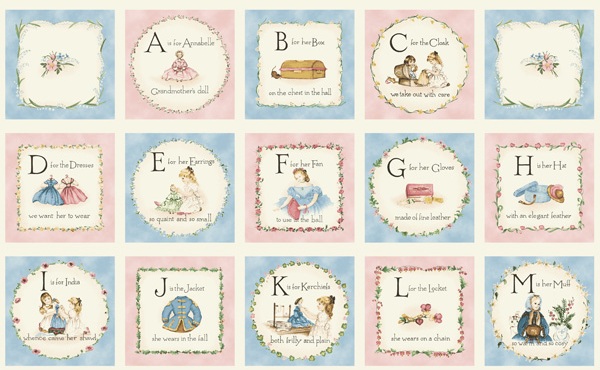
Click on the image for a Waldorf article on learning the alphabet using pictures and imagination, the two right-brained universal gifts.
If education can’t be individualized to at least left-brained and right-brained developmental learning methods and time frames, and if the one-size-fits-all must continue, then I suggest using a Waldorf or Montessori style of 5 to 7 year reading exposure. The reason I say this is because left-brained, two-dimensional viewers can turn three-dimensional representations into two-dimensional objects easy enough. But it’s much more difficult for a right-brained, three-dimensional picture viewer to turn a two-dimensional symbol into a three-dimensional object. This sometimes causes issues such as blurring, moving, or reversing letters as Ronald Davis points out in his experiences.
The Vision Factor
I have more questions than answers in this section. As noted in the research I share in the previous linked post as well as extensively in my chapter on input modalities in my book, how the right-brained learner’s strong three-dimensionality impacts reading must be addressed. How does early constant exposure (between 4 and 7 years old) to two-dimensional, symbolic interpretations before a right-brained child is developmentally ready for it negatively impact reading for some children? Since vision is connected to brain processing, does normal right-brained developmental vision progress in a different way (from primarily three-dimensional viewing between 5 and 7, switching to two-dimensional viewing between 8 and 10) than their left-brained peers (from primarily two-dimensional viewing between 5 and 7, switching to three-dimensional viewing between 8 and 10)? Do a certain (smaller) percentage of right-brained learners not naturally switch from three-dimensional viewing to two-dimensional at the typical developmental time frame between 8 and 10, and thus, continue having difficulty learning to read? Do some right-brained learners just have a later switch in viewing at 11 to 13 years old?
This is where I concede that “dyslexia” can still exist. I don’t believe it’s as prevalent as we see it today, either in children or adults. Why? I believe the time frame, early intervention, method, and one-size-fits-all factors contribute to years of a poor learning-to-read fit for highly sensitive right-brained children who may either get trained out of their natural method, decide they’re not good at reading, and/or not have a positive relationship with print. I’ve been often hearing from professionals now about the impact of our attitudes about reading, as I also note in my book. As an example, do we lament and worry about how our children can’t differentiate between and identify different cultures, though we are a culturally diverse country? Do we lament and worry about how many of us, adults and children alike, are geography illiterate (not knowing where our capital is, or certain countries)? I don’t hear children fretting about not knowing these things. Yet, children will pick up on our anxiety over when they learn to read. Because I carefully monitored my attitudes about reading, none of my later readers had a negative connotation for being late readers.
Honoring the Natural Learning Path for Right-Brained Children
There is an identifiable set of strengths and traits that come with being right-brained dominant. Like any holistic descriptor, there’s variation based on individual factors. Some right-brained children will learn to read before age 8, many right-brained children will learn to read between 8 and 10 years old, and some right-brained children will learn to read after age 10. A smaller percentage of these will continue to struggle based on the very strengths that come with being right-brained. As shown in the video at the beginning, success can still occur despite continued reading difficulties, again, because of these right-brained strengths.
I could continue and talk about the ADHD connection to being right-brained, the auditory factor with dyslexia, and also outline the natural learning path for right-brained spelling, writing, and math fact learning. But, that’s why I wrote my book, The Right Side of Normal, to have all this information in one place cohesively explained and outlined for those interested in supporting this for their right-brained children. I wanted to reiterate my position that the right-brained information must be properly implemented first before we can see where something like dyslexia really exists and can be defined. When we honor and celebrate the natural strengths of being right-brained from the start, we’ll see them flourish and thrive in their learning lives. More of them will seamlessly and joyfully transition into reading at their optimal developmental time frame. And all of us will recognize and even expect early on all the gifts and talents they offer our world.
My friend Stephanie shared her (and my) hope for future research: My main reason for questioning the common scientific wisdom on this has to do with the fact that all (I am guessing here, but think that it is a pretty good guess) the kids who have been studied have been in school, have been taught with traditional teaching methods and have had traditional reading expectations used to judge their development. What I would LOVE to see is the studies on kids who were allowed to develop on their own timeframes using non-left brained oriented approaches. Those studies do not exist yet. And I do think that this is a pretty big glaring bias for the existing studies which do not seem to recognize that there might be a different way of looking at the development outside of the left brained paradigm.
Linda responds: I think that something close to a “study” has been done, and that is the collective information about the alumni of the Sudbury Valley School, the other Sudbury schools, and Summerhill School, in England. The Sudbury Valley School, in MA, has been open since 1968. Assuming that some kids started school there that year as 5-year-olds and stayed until graduating, that would mean that kids who NEVER attended a traditional school have been graduating from SVS every year since about 1980. From what I have read about the school, no student there has ever reached the age of 14 or 16 and been unable to read and write. No one EVER tells the students at the Sudbury schools that they must read or write. They all learn to read and write for their own purposes, when they want and need to. I suspect that students at the Sudbury schools who actually do have dyslexia don’t end up doing as much reading as kids who are not dyslexic. They may end up reading more slowly than others – like my daughter, or not liking to read for entertainment – like my son. But none of them ends up functionally illiterate or unable to look up information, or express themselves in writing when necessary.
I do believe dyslexia exists. I do believe those with dyslexia are right-brained learners. I do believe many children are misdiagnosed because the right-brained developmental learning pattern isn’t understood or honored. I do believe the answer to those who continue to struggle to learn to read resides in understanding the right-brained dominant traits and developmental progression better. I do believe that this is why it’s advantageous to recognize that those diagnosed with dyslexia today are first and foremost, right-brained learners, and then, if difficulty with reading occurs after their traditional later reading time frame, then the added label of dyslexia can make sense.
From my perspective and belief, there’s no such thing as a “dyslexic mind” and a “right-brained learner.” They are one in the same. The defnition of dyslexia should be a right-brained learner who continues to struggle with reading and such after the appropriate developmental time frame, and after a well-matched learning environment up until that point. I feel strongly we would see much less dyslexia if this criteria and learning environment were upheld, as Linda shared about the Sudbury Valley School. And for those who still may have dyslexia, like my two younger children may, with a strengths-based, developmental upbringing, mine still had joyful childhoods, engaged learning lives, and positive self-images. Everyone deserves that, no matter their weak areas, because there are always strengths to be nourished.
What do you feel will be the best change with the focus on the strengths of those diagnosed with dyslexia? What impact could recognizing, understanding, and honoring the right-brained processing preference early do to enhance the lives of those who may be diagnosed with dyslexia later?
If you benefited from this content, please consider supporting me by buying access to all of my premium content for a one-time fee of $15 found here. This will even include a 50% off e-mail link toward a copy of my popular The Right Side of Normal e-book (regularly $11.95)!

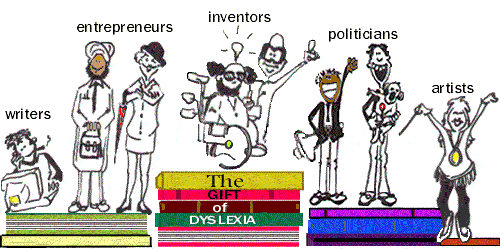

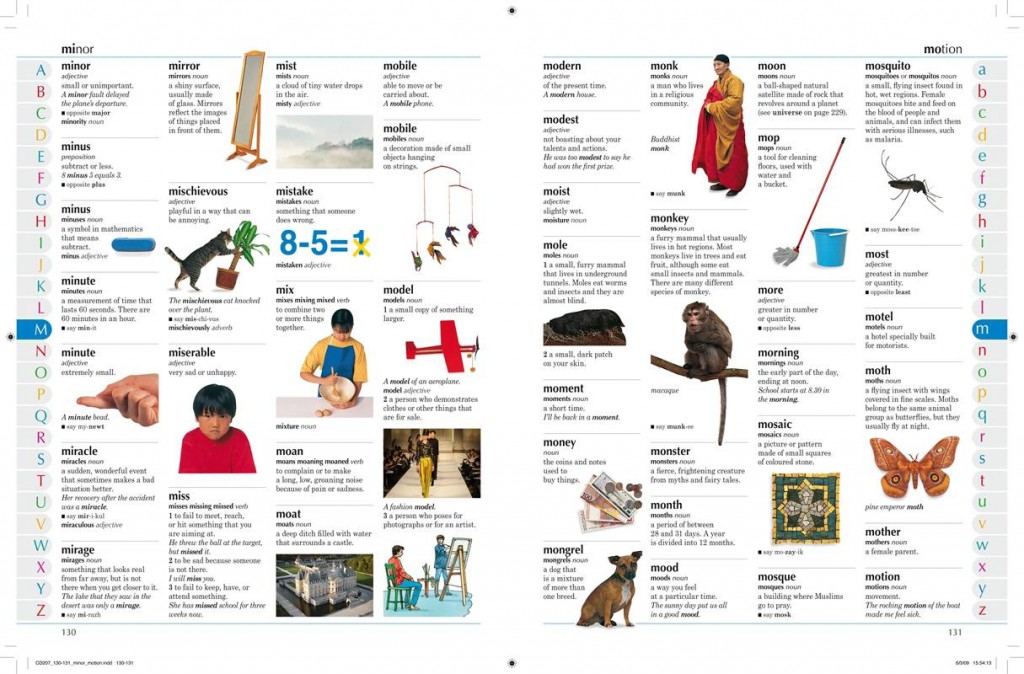
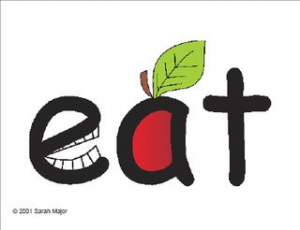
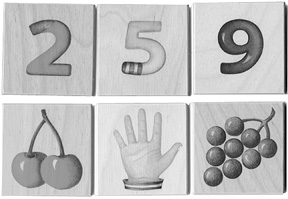
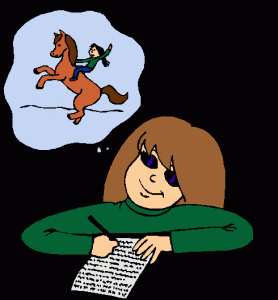





Pingback: 3D Learning is a Game Changer for Right-Brain Dyslexia
Pingback: Dyslexia Treatment for Your Right-Brain Child
Pingback: Stupendous Selections on Sunday | Afterthoughts
Pingback: Dyslexia or Visual-Spatial Learner? The Answer is Critical - 3D Learner